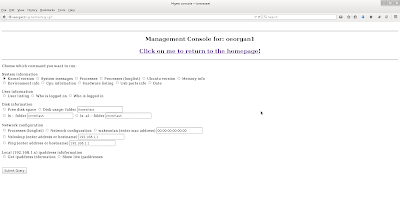Trs-80 Nostalgia.

Miss the good old trs-80 III. So do I even thought about trying to find a used one but this emulator popped up and is just the ticket. You will need to create an html file that will start the whole process up. TRS-80.html [code] <!DOCTYPE html> <html> <head> <script type="text/javascript" src="trsemu-1.4.js"></script> <head> <body onload="trsEmu.screen('scrn').button('btn').perf('graph').focus();"> <div id="scrn"> <canvas width="512" height="384" style="background:black"> </canvas></div><br> <div id="graph"> <canvas width="512" height="100" style="background:black"> </canvas></div><br> <input type="button"id="btn" value="Run" onClick="trsEmu.run('toggle');"> <input type="button&q













